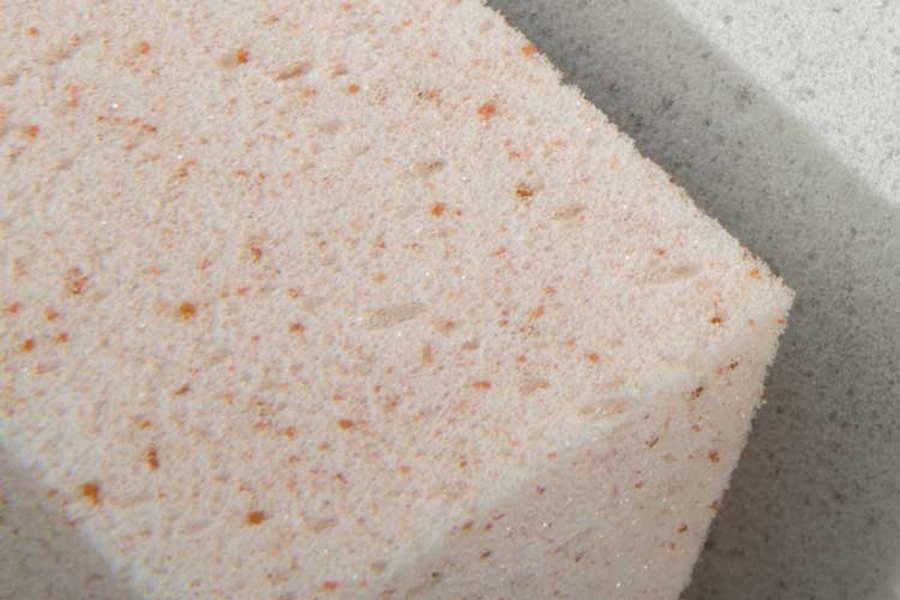Conventional Foam
Overview
Enhanced Thermal Conductivity
Conventional Foam offers greatly improved thermal conductivity by combining open-cell high-airflow visco with super-conductive graphite. The unique open-cell polymer structure enhances airflow by 95% to produce breathable and odorless foam with superior convective heat flow. The incorporation of hyper-conductive graphite, a material that has up to 10 thousand times better thermal conductivity compared to foam, dramatically enhances the thermal conductivity of viscoelastic foam.
Features
- Enhanced thermal conductivity
- Broad temperature-performance range
- Compression-conduction technology
- True, durable visco properties
- Compression forces graphite particles together, providing a highly conductive pathway for heat to move toward uncompressed adjacent foam where heat can be liberated by convection
Performance
Dynamic Thermal Conductivity
The molecular structure of graphite-infused open-cell visco gives it a much larger temperature-performance range than conventional memory foam. This is achieved by stretching its glass transition over an exceptionally wide range. The result is open-cell viscoelastic foam that minimizes stiffness through its high-pressure-relieving capability across an extended low temperature range.
Graphite infusion greatly improves heat transfer when the foam is compressed, leading to restricted airflow, which inhibits convective heat transfer. The enhancement is accomplished when individual graphite particles are compressed closely together, allowing for conductive heat transfer through the particles toward uncompressed parts of the foam where heat can be liberated through convection.
Conventional Foam is designed to have true viscoelastic properties without relying on cell tightness to achieve a slow recovery rate. Since the viscoelastic properties are attributed to the structure of the polymer, these properties are retained when the foam undergoes static and dynamic loads of pressure. The open-cell nature also enables the foam to relax more quickly in response to body heat, providing greater comfort and support.
